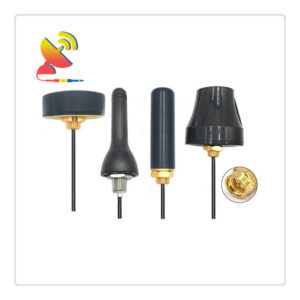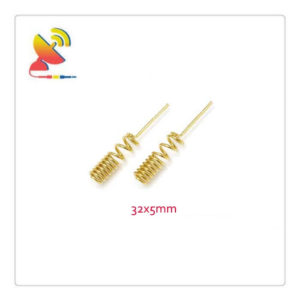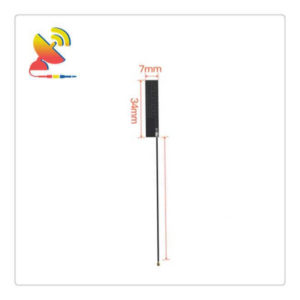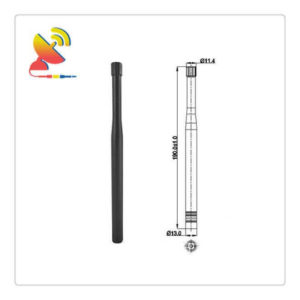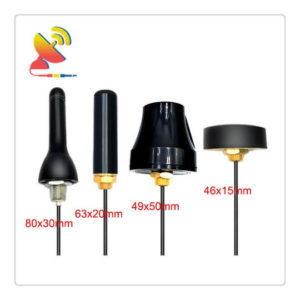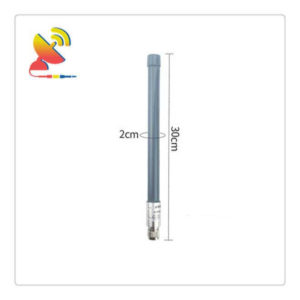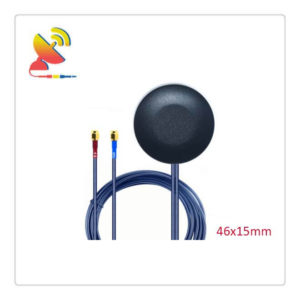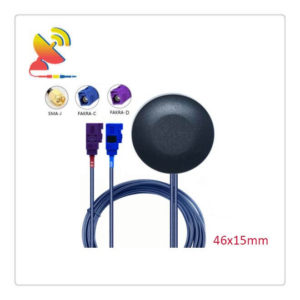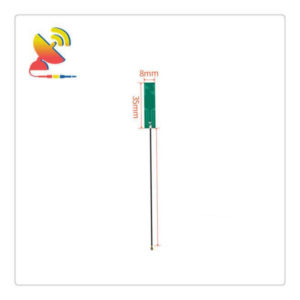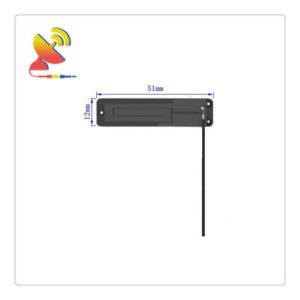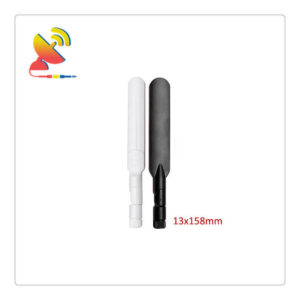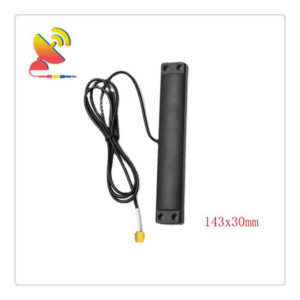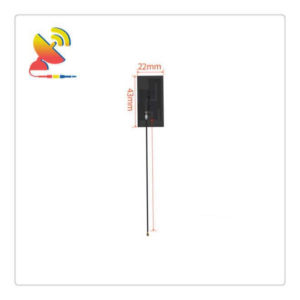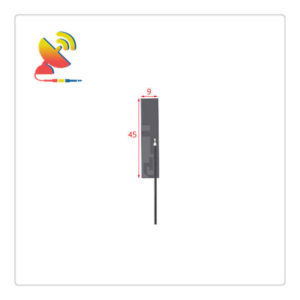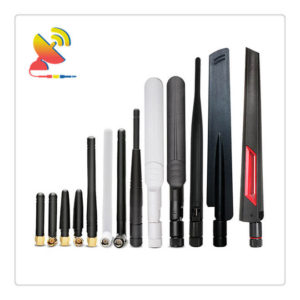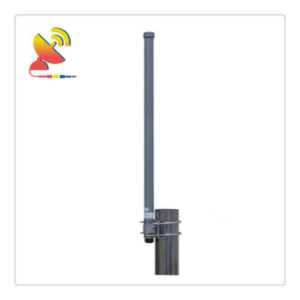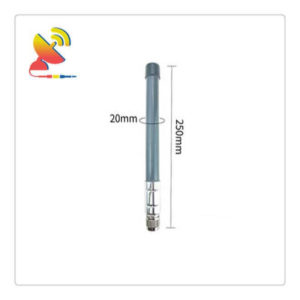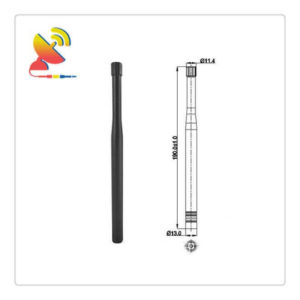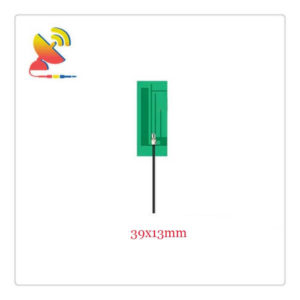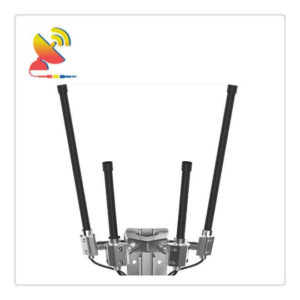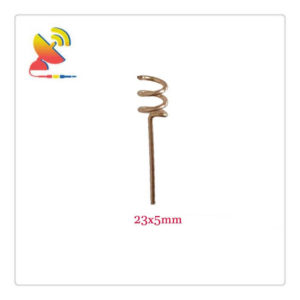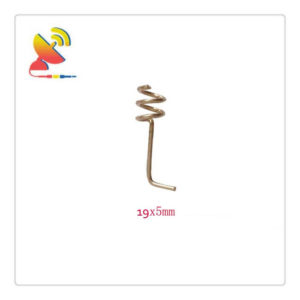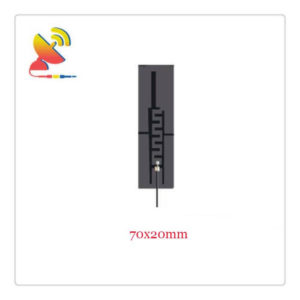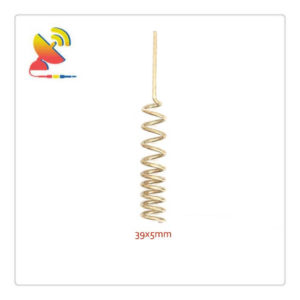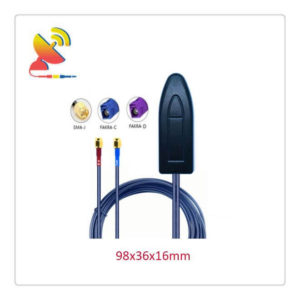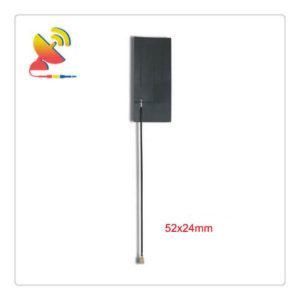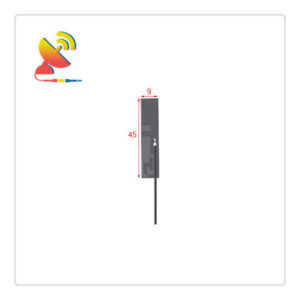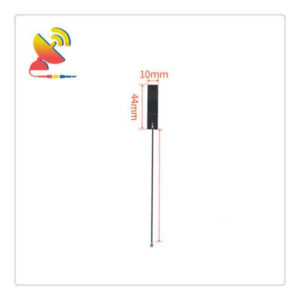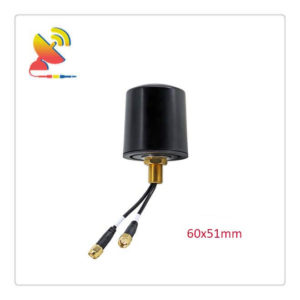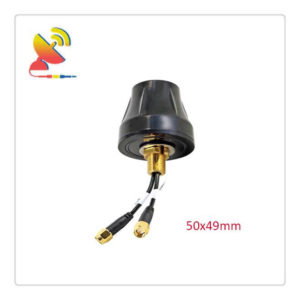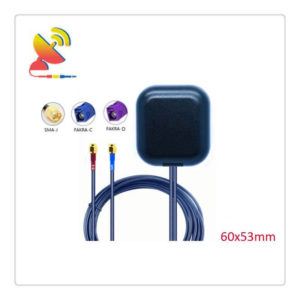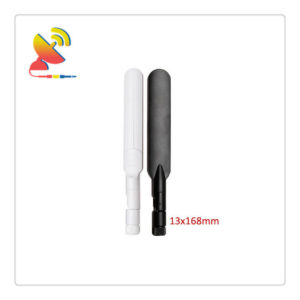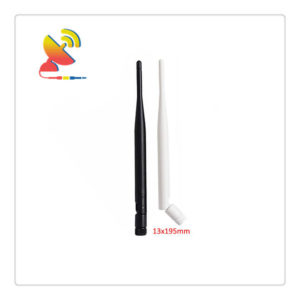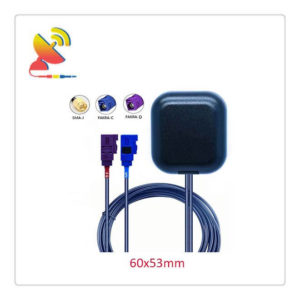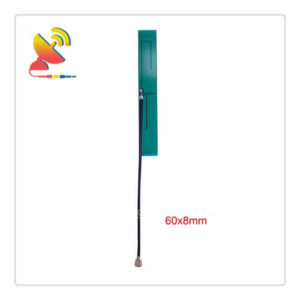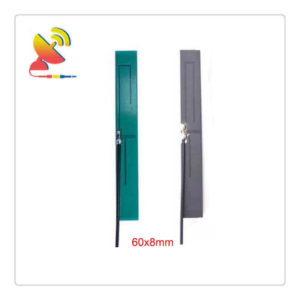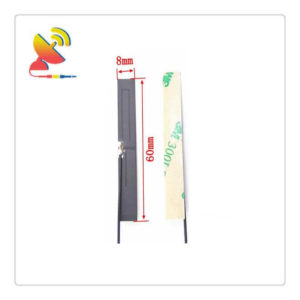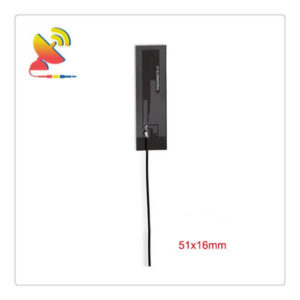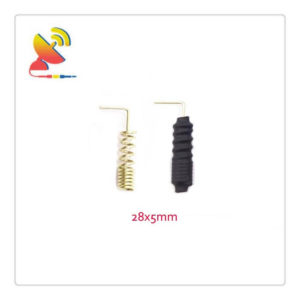NB-IoT Antennas
-
Vehicle Antenna Through-hole Screw Mount Antenna Design
Read more -
Spring Radio Antenna for Lora NB-IoT GSM LTE 2G 3G
Read more -
Small NBIoT Antenna Ipex Antenna
Read more -
Small NB-IoT Flexible PCB Antenna
Read more -
SMA NB-IoT Antenna 3dBi Antenna
Read more -
Outdoor Dome Antennas Omni Waterproof Antennas
Read more -
Omnidirectional NB-IoT Antenna 6dBi High-gain Antenna
Read more -
NB-IoT LTE 4G 3G GSM GPS Combo Antenna
Read more -
NB-IoT GSM GPS LTE 3G 4G Cellular Combo Antenna
Read more -
NB-IoT Chip Antenna Built-in Antenna
Read more -
LTE NB-IoT Antenna Flexible PCB Antenna
Read more -
LTE Cat M1 Antenna SMA Male Antenna
Read more -
LoRa GSM NB-IoT 3G 4G Cellular Antenna
Read more -
Ipex NB Antenna Flexible Narrowband IoT Antenna
Read more -
Internal NB-IoT Antenna Flexible PCB Antenna
Read more -
High-performance Rubber Duck Antenna Design
Read more -
High-performance Omnidirectional Antenna Design
Read more -
High-performance Omni NB-IoT Antenna 4dBi
Read more -
High-performance Omni Antenna Design
Read more -
High-performance NB-IoT Antenna Design
Read more -
High-performance Narrowband IoT LTE PCB Antenna
Read more -
High-performance IoT Antenna Design
Read more -
High-performance GSM 4G LTE Cat NB-IoT Helical Antenna
Read more -
High-performance 4G Aerial GSM NB-IoT Spring Antenna
Read more -
High-gain NB-IoT 4G 3G Antenna Embedded Antenna PCB
Read more -
High-gain Cat M1 Antenna Narrowband IoT Flexible PCB Antenna
Read more -
GSM LTE-M CAT-1 NB-IoT Helical Coil Antenna
Read more -
GSM GPS Combo 4G NB-IoT Cellular Antenna
Read more -
GSM GPS 4G LTE NB-IoT Cellular Combination Antenna
Read more -
Flexible PCB Antenna For NB-IoT Tracker
Read more -
Flexible Antenna 3dBi NB IoT Antenna
Read more -
Flex NB IoT PCB Antenna
Read more -
Compact NB-IoT Flexible Antenna
Read more -
Cellular NB-IoT 4G 3G GSM Wifi Combo Antenna
Read more -
Cellular 4G NB-IoT 3G Wifi Antenna Puck Antenna
Read more -
Cellular 3G 4G LTE NB-IoT GSM GPS Antenna
Read more -
Cat M1 Antenna SMA Omni Antenna
Read more -
5dBi NB-IoT External Antenna SMA Omni Antenna
Read more -
4G 3G GSM And GPS Antenna Combining Antennas
Read more -
3dBi NB-IoT PCB Antenna Ipex Antenna
Read more -
3dBi NB-IoT Internal Antenna Ipex Antenna
Read more -
3dBi NB-IoT Flex Antenna Ipex Antenna
Read more -
3dBi NB-IoT Antenna SMA Male Antenna
Read more -
3dBi Narrowband IoT Antenna SMA Male Connector Antenna
Read more -
3dBi Narrow Band Antenna Flex PCB Antenna
Read more -
3dBi Lora NB-IoT LTE GSM Spring Antenna for LPWAN
Read more
NB-IoT Antennas Manufacturer
Narrowband IoT antenna manufacturer
C&T RF Antennas Inc is the internal & external NB-IoT antennas manufacturer, Narrowband IoT antennas manufacturer in China.
C&T RF Antennas Inc provides the NB-IoT fiberglass antenna, NB-IoT PCB antenna, NB-IoT antenna SMA, etc.
Narrow Band Internet of Things (NB-IoT) has become an important branch of the Internet of Everything. NB-IoT is built on a cellular network and only consumes about 180kHz of bandwidth. It can be directly deployed on a GSM network, UMTS network, or LTE network to reduce deployment costs and achieve smooth upgrades.
NB-IoT is an emerging technology in the IoT field, which supports the cellular data connection of low-power devices in the wide-area network. It is also called a low-power wide-area network (LPWAN).
NB-IoT supports the efficient connection of devices with long standby times and high network connection requirements. It is said that the battery life of NB-IoT devices can be increased by at least 10 years, while also providing very comprehensive indoor cellular data connection coverage.
What is NB-IoT?
NB-IoT is a hot term in the past two years. Like the Internet of Things and big data, it has been touted in the IT industry. NB-IoT is short for Narrow Band Internet of Things.
In order to be compatible with current mobile networks, it is mainly based on LTE technology (3GPP Release 13). Now operators in various countries are stepping up the deployment of NB-IoT networks.
The difference and characteristics of NB-IoT and mobile communication (2G/3G/4G/5G)
1. Wide coverage, compared with traditional GSM, a base station can provide 10 times the area coverage
One NB-IoT base station can cover a range of 10km, and one base station in a small county can cover.
NB-IoT has a 20dB gain over LTE and GPRS base stations and can cover underground garages, basements, underground pipes, and other places where signals are difficult to reach. It is impossible to have a signal to make calls underground, but NB-IoT can still communicate!
2. Massive connections, 200KHz frequency can provide 100,000 connections
The more connections provided, the fewer base stations will be built, and the fewer base stations will be built, then save money!
3. Low power consumption, it can work for ten years with AA batteries
(No. 5 batteries) without charging
No charging for 10 years! Are you kidding? My phone is charged every day! NB-IoT introduces eDRX power-saving technology and PSM power-saving mode, further reducing power consumption and extending battery life.
In PSM mode, the terminal is still registered on the network, but the signaling is unreachable so that the terminal stays in deep sleep for a longer time to save power.
The eDRX power-saving technology further extends the sleep period of the terminal in idle mode, reduces unnecessary startup of the receiving unit, and greatly improves the downlink reachability compared to PSM.
What is eDRX?
DRX (Discontinuous Reception), that is, discontinuous reception. eDRX is extended discontinuous reception.
PSM (Power Saving Mode), namely power-saving mode. Many Internet of Things terminals have nothing to do most of the time, and the meter reading and sending a meter is finished, and you can sleep after you finish your work. The device enters the sleep state.
4. Mobility has been simplified.
Most scenarios of using NB-IoT for IoT terminals are static, such as smart meter reading, which can reduce the complexity of the protocol and reduce the cost of the module.
5. Half-duplex mode
Insufficient NB-IoT
1. The deployment frequency is authorized and must be deployed by the operator! Want to build one yourself? It still doesn’t work at present. It seems that if you want to make a one-time investment, the road of no longer paying money later will not work.
2. The cost of the module is still high (compared to the mature GPRS module, wifi module), this should gradually decrease with the increase in usage.
NB-IoT Antenna Design and Manufacturing
NB-IoT is an emerging technology in the IoT field, which supports the cellular data connection of low-power devices in the wide-area network. It is also called a low-power wide-area network (LPWAN).
NB-IoT supports the efficient connection of devices with long standby times and high network connection requirements. It can also provide very comprehensive indoor cellular data connection coverage.
In terms of antenna structure design, IoT products are quite different from the traditional mobile phone structure design, and the technology is not as mature as the mobile phone structure design.
Therefore, the antenna area is often not pre-designed in the existing IoT products, and the antenna environment is relatively complicated. Regularity and different sizes of terminal devices.
Many terminal devices are smaller than watches, which greatly increases the difficulty of antenna design. In this context, how to miniaturize antennas in terminal equipment has become a technical problem at the moment.
C&T RF Antennas Inc can solve this problem. In addition to the existing NB-IoT antennas, we can also customize the style you want.
C&T RF Antennas Inc manufactures the 5G NR antennas, 4G LTE antennas, 3G UMTS GSM antennas, 2G GPRS NB-IoT antennas, LoRa/LoRaWan antennas (includes 169MHz antennas, 230MHz antennas, 315MHz antennas, 433MHz antennas, 868MHz antennas, 915MHz antennas), 2.4GHz 5GHz Wi-Fi antennas, GNSS antennas, GPS antennas, Cellular antennas, UHF VHF antennas, UWB antennas, etc.
And the C&T RF Antennas Inc supplies the antenna accessories such as RF power amplifiers and repeaters, RF connectors and adapters, cable assemblies.
To contact us for more NB-IoT antenna details such as NB-IoT antenna datasheet, NB-IoT antenna pricing, NB-IoT antenna inventory, or NB-IoT antenna styles.
Showing 1–16 of 46 results
-
3dBi Lora NB-IoT LTE GSM Spring Antenna for LPWAN
Read more -
3dBi Narrow Band Antenna Flex PCB Antenna
Read more -
3dBi Narrowband IoT Antenna SMA Male Connector Antenna
Read more -
3dBi NB-IoT Antenna SMA Male Antenna
Read more -
3dBi NB-IoT Flex Antenna Ipex Antenna
Read more -
3dBi NB-IoT Internal Antenna Ipex Antenna
Read more -
3dBi NB-IoT PCB Antenna Ipex Antenna
Read more -
4G 3G GSM And GPS Antenna Combining Antennas
Read more -
5dBi NB-IoT External Antenna SMA Omni Antenna
Read more -
Cat M1 Antenna SMA Omni Antenna
Read more -
Cellular 3G 4G LTE NB-IoT GSM GPS Antenna
Read more -
Cellular 4G NB-IoT 3G Wifi Antenna Puck Antenna
Read more -
Cellular NB-IoT 4G 3G GSM Wifi Combo Antenna
Read more -
Compact NB-IoT Flexible Antenna
Read more -
Flex NB IoT PCB Antenna
Read more -
Flexible Antenna 3dBi NB IoT Antenna
Read more

